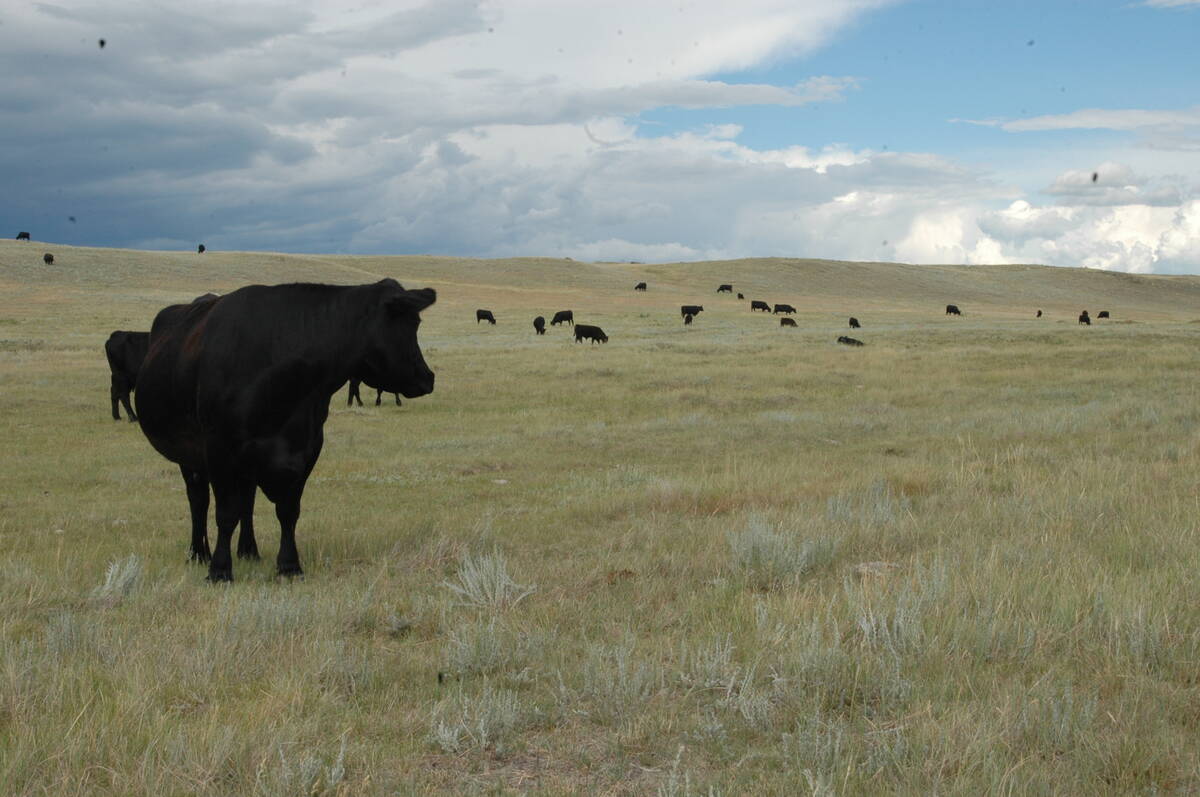There’s a war going on in Saskatchewan and so far, farmers are winning the battle against scentless chamomile, says the co-ordinator of a management program aimed at the noxious weed.
But Garry Bowes said farmers and landowners must continue the assault. They have a lot to lose if they don’t.
“On a wet year without control, wheat yields have been reduced up to 80 percent,” Bowes said.
Scentless chamomile is a daisy-like plant, with white flowers between two and four centimetres in diametre and a round, bright yellow centre. The leaves are smooth and finely divided.
Read Also

Canadian Food Inspection Agency slammed for handling of bovine tuberculosis case
The federal government leans heavily on producers to “take one for the team” and risk their livelihoods without any reassurance of support.
It is most often found along roadsides, rail lines and the edges of sloughs and waterways. It prefers moist conditions and is less common in pastures where grasses are strong competitors and the soil is not disturbed.
First discovered in the province in 1905, it began spreading more rapidly in the 1960s.
Bowes surveyed the province’s 297 rural municipalities last year to find out how prevalent scentless chamomile has become.
Ninety-nine replied they had the weed along roadsides and 52 said they were free of it.
“It’s here, there and all over,” Bowes said.
“Some areas east of Regina reported it along almost every road.”
Scentless chamomile spreads through its seeds. One plant can produce 500,000 seeds, which can remain viable in the soil for 10 years.
The seeds do not travel through the air, but are moved mainly by human activity. For example, there could be seeds in hay transported by truck. Workers at oil and gas well sites could unknowingly move seeds from place to place. Snowmobiles knock seeds to the ground, and mowers send them further afield.
“It is on the noxious weed list,” Bowes said. “People are obligated to control it.”
The easiest method of dealing with small stands of scentless chamomile is to pick, bag and burn it.
Bowes said the plant is easy to identify, and because it has a strong stem, the whole plant can be pulled out of the ground. It should be bagged to make sure no seeds fall to the ground, and burned to be doubly sure.
Chemical control works to a point, he said, and is especially effective on roadsides between the road and the ditch.
“The problem is you have to apply (herbicides) on the two- to four-leaf stage,” he said.
“It’s a very narrow window to spray.”
And because scentless chamomile flowers and produces seeds throughout the growing season, the problem becomes bigger if producers miss that window.
The real war is being waged with three biological weapons brought in from scentless chamomile’s European homeland.
The seed weevil was released in Saskatchewan in 1992. Adults lay eggs in the flower bud and the resulting larvae eat the seeds, Bowes said. One larva will eat 11 seeds and monitoring has found an average of three larvae per flower head. That’s only 33 seeds out of a head containing about 175 seeds, he said.
But Bowes said the weevil population is established and moving. They have traveled about seven kilometres in the seven years since their release.
The stem weevil was introduced in 1997. These weevils mine the stems and create hollows. Bowes said two years after release the weevils had attacked 62 percent of stems within 100 metres of their release point.
The gall midge was released last spring. Its effectiveness is not yet known.
“We don’t even know if it overwinters.”
The use of insects to control scentless chamomile is a long-term project. Bowes said it will take years for populations to become widely established.
In the meantime, he is traveling the province talking to producers and landowners about their responsibility in keeping the noxious weed in check.
One of the best ways is not to introduce it in the first place. He recommends that growers buy certified seed with proof of purity.
In some places 4-H and church groups gather volunteers who spend a day picking smaller stands of the weed.
“What has impressed me is the number of people that are aware of it and are making a genuine effort to get rid of it,” Bowes said.
“We’re reducing the rate of spread. I’m convinced of that.”















